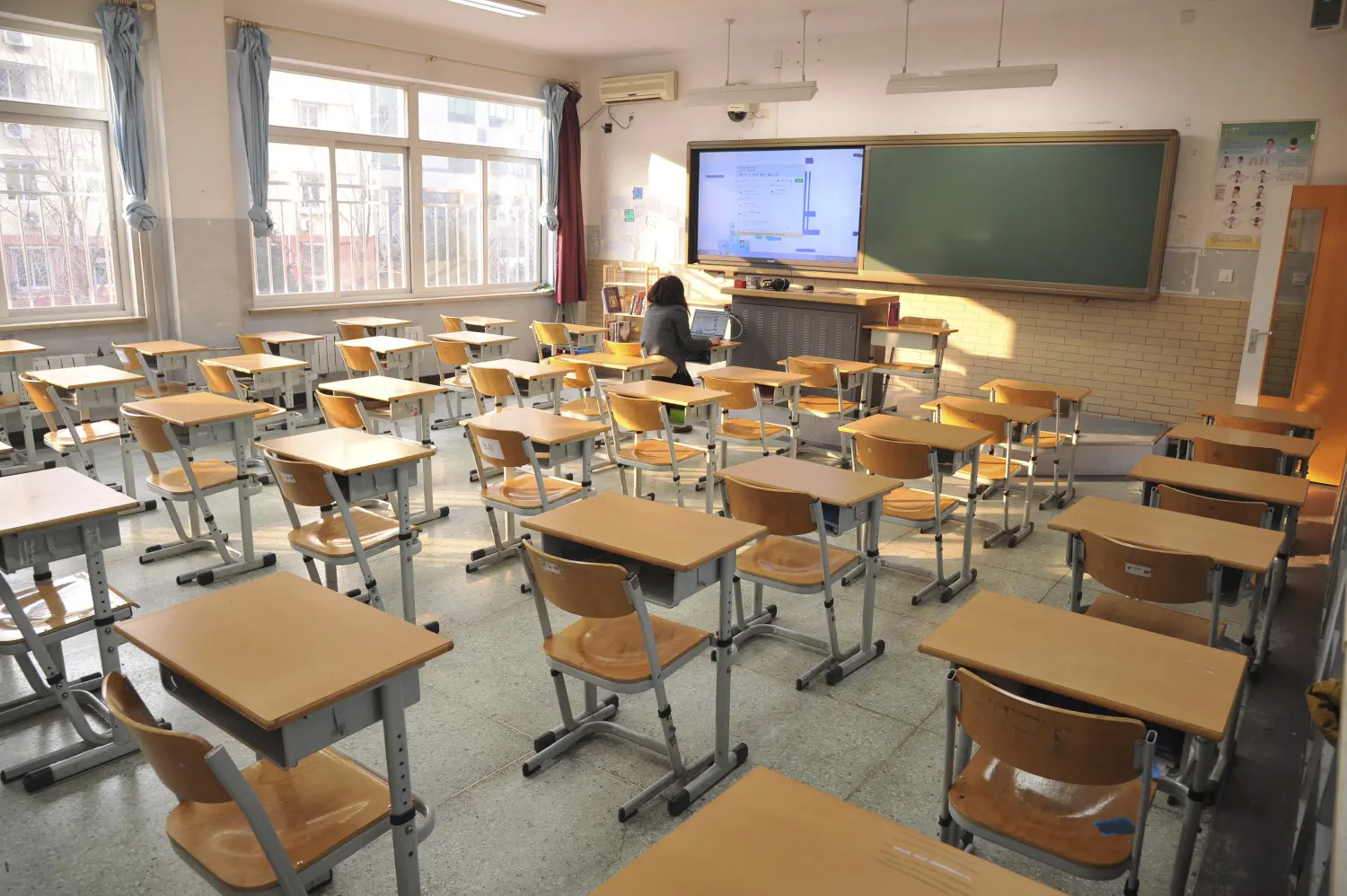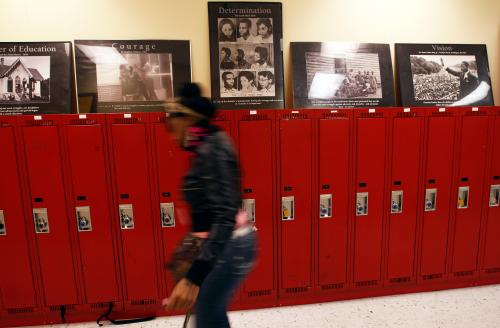The 2017 Brown Center Report (BCR) on American Education was released this week, and one of the report’s studies focuses on out-of-school suspensions. For the past several years, state education leaders in California have encouraged schools to reduce these exclusionary punishments. A major reason for doing so is that racial disparities associated with suspensions are glaring: Suspensions of African-American students occur at rates three to four times higher than the state average for all students.
Suspensions have declined dramatically. From 2012-2015, the number of suspensions in the state fell from 539,134 to 334,649, a decline of 37.9 percent. The decline has been evident among all major ethnic groups, so the racial disparities associated with this form of discipline have not disappeared. The BCR study calculated suspension rates as the number of suspensions involving a particular race divided by the student enrollment of that race. In 2015, the statewide African-American suspension rate was 17.8 percent, meaning 17.8 suspensions of African-Americans occurred for every 100 African-American students enrolled. The figure for Hispanics was 5.2 percent, for whites, 4.4 percent, and for Asians, 1.2 percent.
Where are high suspension rates for black students more prevalent? The study sorted schools into two groups: High-suspension-rate schools, those with black suspension rates of 5 percent or higher, and low-suspension-rate schools, those with black suspension rates of less than 5 percent. Three school characteristics stood out as associated with higher rates: middle schools (as opposed to elementary or K-8 schools), large schools (especially if enrollment exceeds 1,300 students), and schools with a higher percentage of African-American enrollment (that pattern is seen in schools with greater than 16 percent African-American enrollment).
The study has implications for both research and policy. Today’s discipline reformers are promoting programs such as restorative justice interventions as alternatives to suspending students. Policymakers should also consider whether altering the structural characteristics of schools—reconfiguring large middle schools as smaller K-8 school, for example—may prove helpful in reducing suspensions.
Evaluations of discipline reform should not be limited to the impact on students who are at risk of being suspended, but also assess the impact of new approaches on school safety and quality of the instructional environment. A recent report from Max Eden of the Manhattan Institute analyzed survey data from New York City and concluded that discipline reform may be contributing to a deterioration in school climate. Schools with over 90 percent minority enrollment “experienced the worst climate shifts.” The cause of equity will be ill-served if suspensions of African-Americans are reduced, but black students who come to school ready to learn are increasingly exposed to unruly peers.
Factoring suspension rates into school accountability systems may prove challenging for policymakers. The state of California recently debuted its new “California School Dashboard,” a multiple-measure accountability system. Suspension rates are one of the performance indicators of school quality. Each indicator has five levels ranging from “very low” to “very high.” Schools are graded on both current performance (status) and improvement over time (change). They are also graded on a curve, with performance measured relative to other schools. In recognition of the association noted above—that suspension rates differ by the grade configuration of schools—performance levels are different for elementary, middle, and high schools. That could cause confusion. An elementary school and a middle school can receive different performance ratings even though they have identical suspension rates.
Race and school discipline is a thorny issue. A study by Education Week found that school resource officers, who essentially function as law enforcement personnel, are more likely to be deployed on campuses with large numbers of black students. As a result of the “zero tolerance” approach to school discipline that was popular in decades past, many African-American students attend schools where student behavior is under intense scrutiny. A 2017 study by researchers from the University of Texas and Stanford University found middle school a time when black students begin to believe they don’t get a fair shake when it comes to discipline. Future efforts at discipline reform must reflect fundamental fairness while also ensuring orderly schools and welcoming learning environments. That won’t be easy. More research, instead of legislation or regulation, is needed to assist local educators in tackling this daunting task.
The Brookings Institution is committed to quality, independence, and impact.
We are supported by a diverse array of funders. In line with our values and policies, each Brookings publication represents the sole views of its author(s).







